14 Minutes
At the 13th edition of Startup Fair 2025 in Vilnius, the audience filled LITEXPO’s main stage to hear a masterclass in entrepreneurship from Uri Levine, co-founder of Waze and Moovit. In his keynote “Building Unicorns: The Path to Hypergrowth,” Levine offered an unfiltered and deeply personal exploration of what it takes to turn ideas into billion-dollar companies. His talk combined practical lessons, stories of failure and perseverance, and a rare glimpse into how Waze evolved from a blank map of Tel Aviv into a global phenomenon that changed how millions move through the world.
Before inviting Uri to the stage, the host briefly reminded attendees to use the B2Match app to browse the agenda and book meetings later, and encouraged everyone to submit questions for a short conversation after the keynote. Uri Levine took the stage to strong applause.
Who Uri Levine is, and why this talk
Uri opened by asking who in the room uses Waze, then who is an entrepreneur. Both groups drew many raised hands. He introduced himself as a builder of companies, including Waze and Moovit, and as a teacher who feels equally rewarded when he guides others to build. He referenced his book, “Fall in Love with the Problem, Not the Solution,” which Steve Wozniak called a bible for entrepreneurs, explaining that he wrote it to share know-how so more founders succeed.
He added with humor that he tries to answer all emails, recalling a note he sent to Netflix’s co-founder who had written “This Will Never Work.” Uri said they shared three things in common. They answer their emails, they use each other’s products, and they have both heard the phrase “this will never work” many times. If you are an entrepreneur, he said, you have probably heard it already. If not, you will.
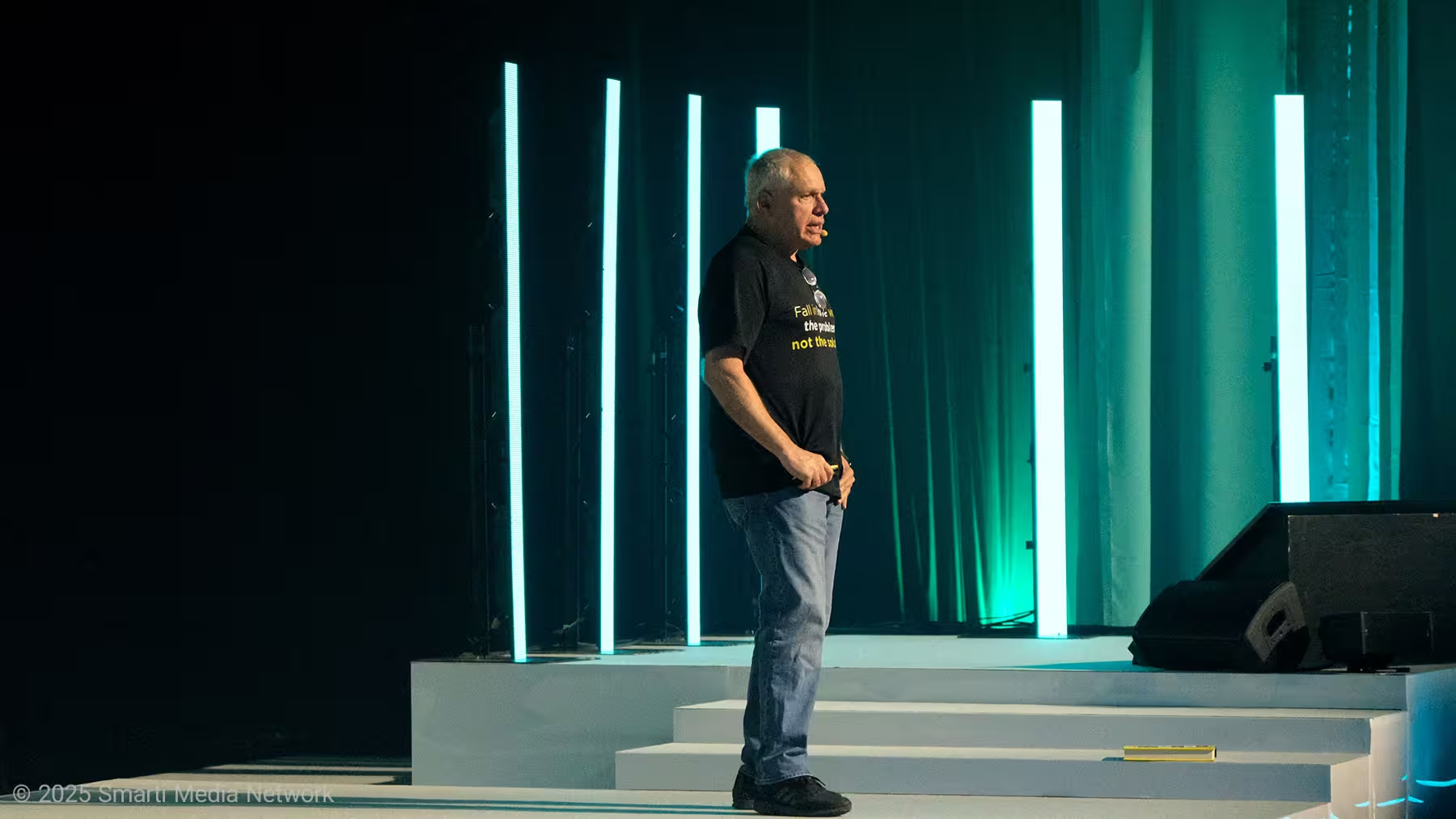
Where entrepreneurship really starts
Entrepreneurship begins with strong emotional engagement. Sometimes you love something, sometimes you hate a problem so much that you decide you must change it. Uri hated traffic. You think, you dream, the passion builds until you commit. The journey demands sacrifice and feels like a roller coaster with frequent highs and lows. He quoted Ben Horowitz, who, when asked whether he slept well as a startup CEO, answered that he slept like a baby, waking every two hours and crying.
Uri compared choosing to build a startup to falling in love. You date many ideas, then one becomes the one. At first you want to spend all your time with it, thinking about the problem, the solution, tomorrow morning’s task list, and the ten-year vision. When you finally tell friends, the first reaction is predictable. This will never work. Less polite friends may call it a stupid idea. Just as with a new relationship, you may distance yourself from the naysayers. Being in love is good because it keeps you going, and bad because you may not listen to anyone. Yet you need that love to survive the journey because it is harder than anything you have done before.
Start with the problem, not the solution
Pick a big problem that is worth solving. Ask who has it. If only you have it, see a therapist, which is faster and cheaper than building a startup. If many people have it, go speak to them, understand their perception, then think about the solution. Follow this path and, if your solution works, you will have created value. Start with a solution first and you might build something nobody cares about.
The problem becomes your North Star. It keeps you on course and makes your story compelling. In 2007, saying you would build an AI, crowdsourced navigation system is interesting, but it does not make people care. Saying you will help them avoid traffic does. When customers care, they want you to succeed, and they help you succeed.
Accept a journey of failures and learn to fail fast
You are building something new, so you do not actually know what will work. You try one thing, it fails, then another, and another, until something works. Two immediate conclusions follow. If you are afraid to fail, you have already failed because you will not try. If you try new things, you will fail. Therefore fail fast. When you fail fast, you have time to try again, whether on product versions or go-to-market approaches. More attempts increase the likelihood of success.
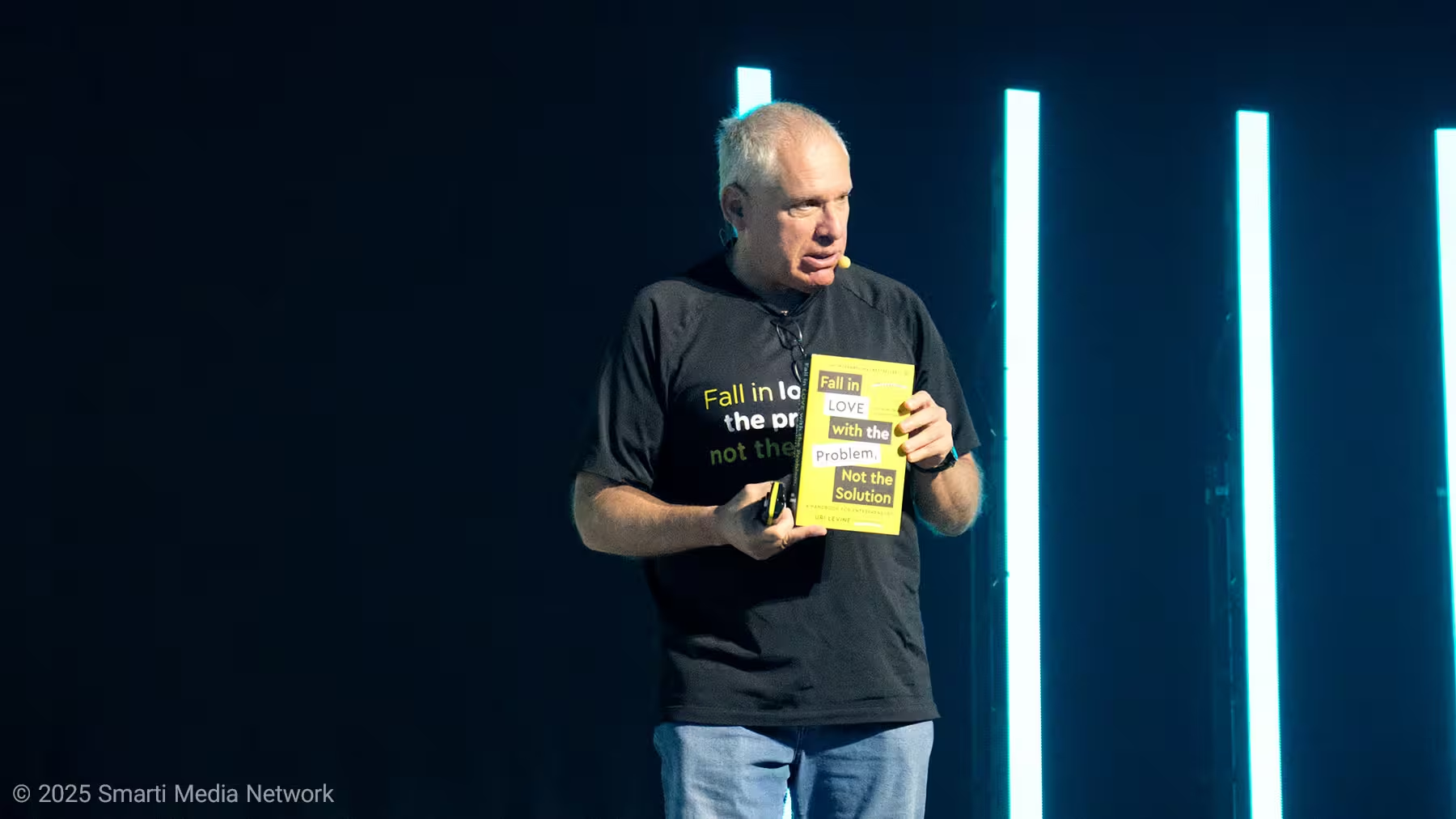
The longest stretch is the desert of no traction
There is a long period when you try everything and nothing works. You leave this desert only when you find product market fit. It took Waze four years. Microsoft needed five years. Netflix needed ten. OpenAI is ten years old and it took more than six years before most people heard its name. Product market fit has a simple definition, you are creating value for customers. There is one metric that matters most, retention. If you create value, users come back. If they do not return, you are not creating value. Keep iterating until they do.
How Waze built maps from nothing
The magic of Waze was not only crowdsourcing traffic and speed cameras. Waze crowdsourced the map itself. The initial map of Tel Aviv was a blank page. The app collected GPS traces from the first driver, then from many. Overlays of those traces revealed where roads were. A dense loop looked like a roundabout. Density differences distinguished main roads from streets. If no one made a left at an intersection, there was probably no left turn allowed. If one hundred people traveled one direction and none the other, that was a one-way street. If there were one hundred in one direction and two in the other, Uri joked, that was a one-way street in Tel Aviv. When Waze launched globally, thresholds needed adjustment for places like Naples.
If you can describe a process, you can code it. Waze wrote the software to convert traces into a map. Initially the map was incomplete, so Waze enabled editing tools for street names, house numbers, and points of interest. With that base, slow traffic segments signaled jams, and with many drivers on the road, Waze could route around congestion. Add reports like speed cameras and incidents, and you get daily value. People know their commute, but they do not know what is happening right now.
Timeline, launch, and grinding through iterations
The first prototype ran on a PDA in 2007. The real time build ran on Nokia phones late in 2008. Waze launched in Israel in early 2009. Seeing traction, Waze launched globally at the end of 2009 and beginning of 2010. The results were not good enough in the United States, Western Europe, and major countries. It worked in only a few places such as the Czech Republic, Slovakia, the Baltics, and Ecuador.
The team spoke with drivers, gathered what did not work, and built the next version. It still was not enough. They repeated the loop. Some iterations moved a baby step forward. Some were worse, prompting a rollback. A few were leapfrogs, but you do not know which in advance. After more than a year of iterations, by late 2010 and early 2011, Waze became good enough in multiple places. Growth then spread like wildfire. In the United States it expanded metropolitan by metropolitan, Los Angeles, then San Francisco, Washington, Atlanta, Miami, New York, Chicago, and beyond. In Europe, Italy, then Sweden, the Netherlands, France, Spain, and more. By 2012 Waze was growing faster than the entire navigation industry combined. Google made an offer in 2013. Waze accepted. Uri left the following day.
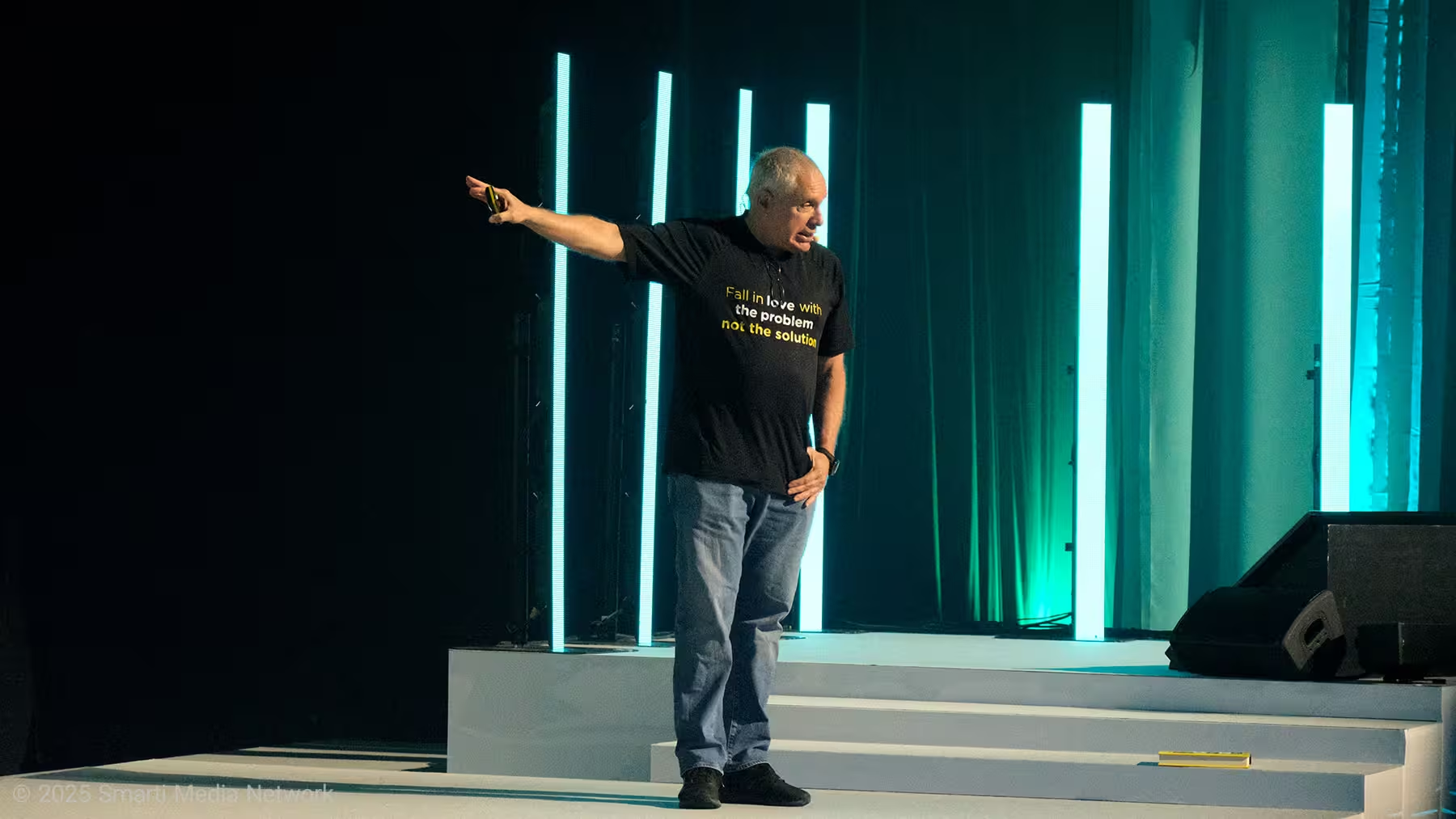
Decisions that matter
People often ask whether selling to Google was the right decision. Uri said that in life there are right decisions or no decisions. You never know what would have happened along the path you did not choose. Perhaps Waze would be worth more today, but it might also not be what it is now without that decision. If you are unhappy with the outcome of a decision, make a new decision. Making decisions with conviction, especially hard ones, is a defining behavior of successful CEOs.
Lining up the stars for a unicorn
To build a unicorn, several stars must align. You need product market fit in a significant market. You need a business model with a real understanding of lifetime value. You need growth. Some companies have a coolness factor. At the beginning these stars are scattered. You fix them in place one by one, starting with product market fit.
The first seven years often look like this. Find product market fit, then expand. If you start in a small country, going global comes earlier because you do not have a large domestic market to hide in. If you start in a major country, you may develop a culture that delays global expansion. Lithuania, Estonia, Latvia, Sweden, Israel, and the Netherlands benefit from being small and thinking global from day one.
Most value is created after year ten
Look at the timeline of major tech companies. Amazon and Google are about thirty years old. Tesla and Facebook about twenty. Others like Airbnb and Shopify are younger. Less than five percent of their eventual value was created in the first decade. The reason is simple. The first ten years cover product market fit, business model, and growth. Only then are you ready to take off.
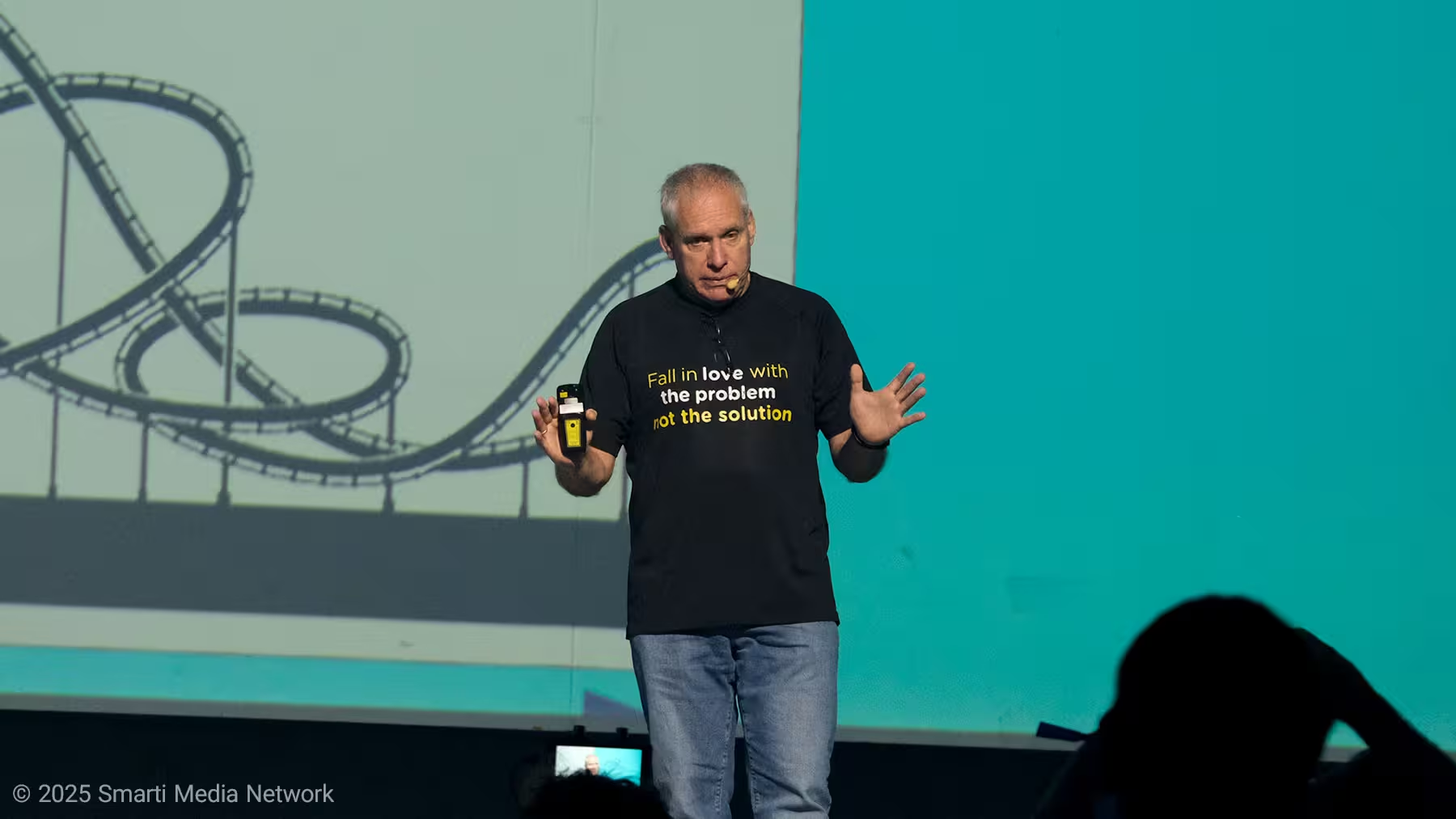
Lessons that have not changed
Uri said his summary slide has not changed since 2012.
Who are your users and what is their perception of the problem. The moment you stop thinking about users, you build things they do not care about.
Embrace the journey of failures, so fail fast.
Perfection is the enemy of good enough. You do not need to be perfect to win. Start with not good enough, listen to users, iterate until it is good enough.
Consider two twin companies with identical products and progress. One delays launch because the product is embarrassing. The other launches despite the embarrassment. From that point the second company moves faster because it gets real feedback from real users. Fears of losing customers or hurting the brand are irrelevant at the beginning. You do not have customers, and you do not have a brand yet. Launching is a rolling process, not a single event.
Fall in love with the problem, not the solution.
Focus is about what you do not do. Waze focused on drivers and commuters. Not trucks, not bicycles, not pedestrians. That focus let the team be best at its chosen job.
On teams, about half of failed founders say the team was not right, usually because of people who were not good enough or communication and ego problems. When asked when they knew the team was wrong, all said within the first month. If you knew and did nothing, the real problem was that the CEO did not make a hard decision. In startups, hard decisions always rise to the top. If leaders avoid them, the top performers leave because they have options.
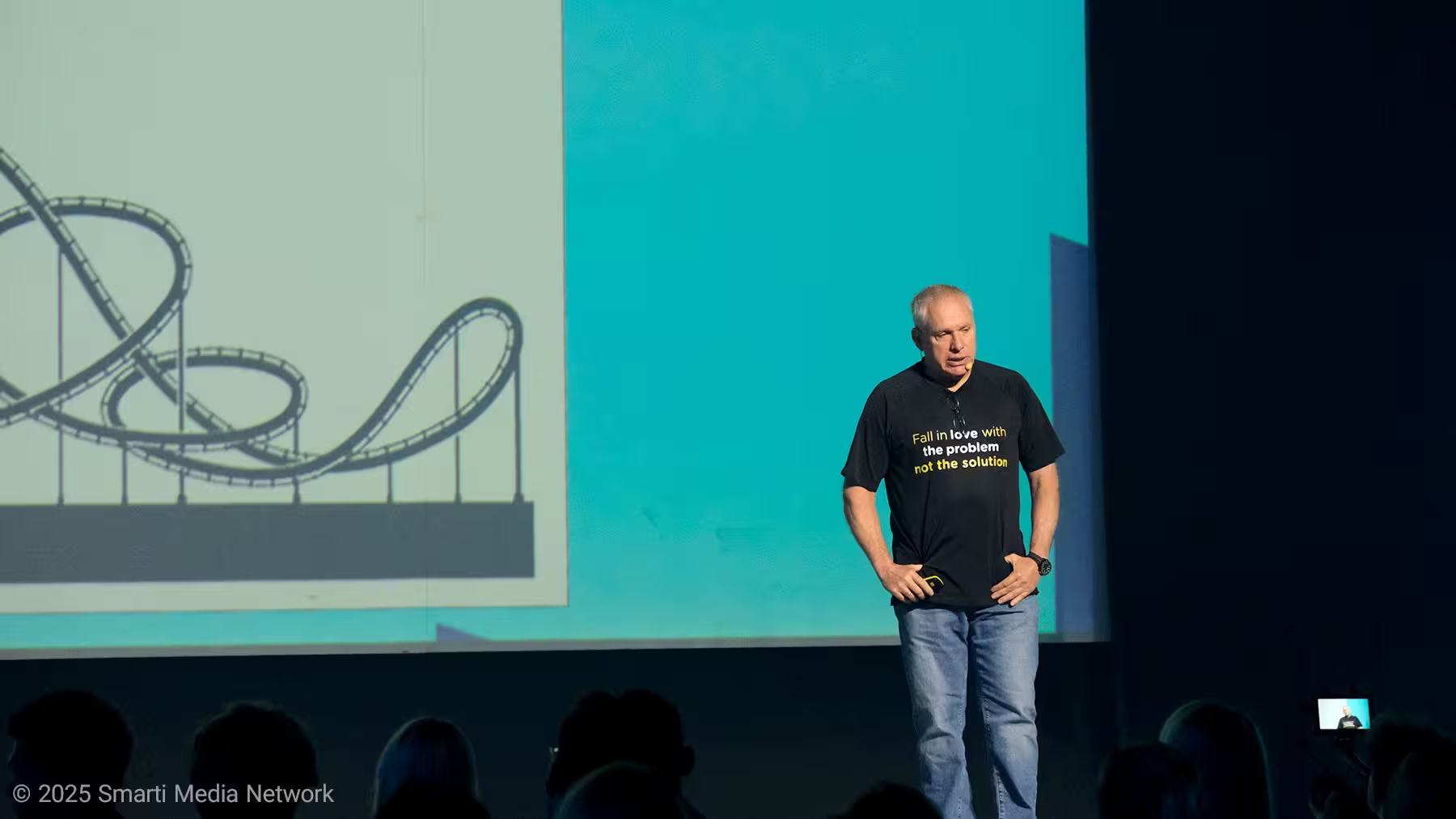
A note from the book on firing and hiring
Publishers wanted the chapter title to be Hiring and Firing. Uri insisted on Firing and Hiring. Firing is the hard decision. Hiring is easier. When you hire, mark your calendar for thirty days later and ask one question. Knowing what I know now, would I hire this person. If the answer is yes, tell them they are exceeding expectations and give them more equity. If the answer is no, part ways immediately. You will be doing both sides a favor because the trajectory is already set.
Understanding users, a story with Steve Wozniak
Uri met Steve Wozniak about ten years ago when both were keynote speakers in Guatemala. At dinner he took a selfie using the iPhone’s volume button rather than the on-screen shutter. Wozniak said, finally, someone using it the way I intended. The first iPhone was an evolution from digital cameras and PDAs, and the physical feel of the shutter button remained useful. The story inspired a chapter about understanding users. Each of us is a sample size of one. If you do not know how users actually use your product, you are building the wrong product.
He then polled the room. Do you rely on the screen to see your turns, or the audio prompts. Many more hands went up for the screen. There is no right or wrong. Both deliver the same value. The point is not preference, it is that product teams must know usage patterns.
Simplicity wins
What makes Google Search, the iPhone, Waze, Amazon, and ChatGPT successful. Technology matters in some cases, pioneering sometimes helps, execution excellence matters a lot, but the common factor is simplicity. Before the iPhone, new phones shipped with thick manuals. The first iPhone shipped with the phone. Leonardo da Vinci said that simplicity is the ultimate sophistication.
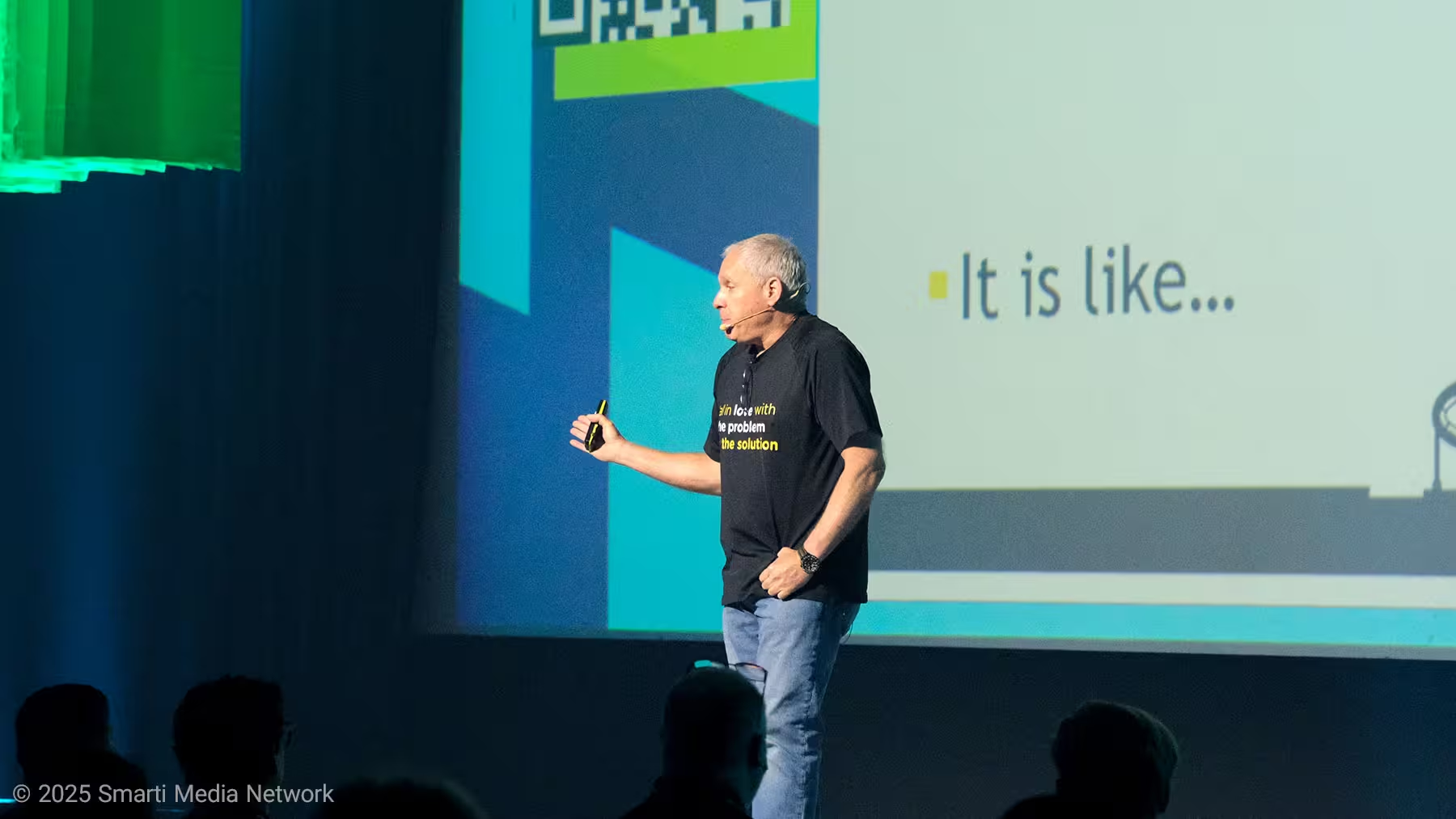
A few quick stories from the road
Uri said many people have thanked him for saving them from nightmare traffic or from speeding tickets. One person thanked him for saving their marriage because arguments in the car disappeared. He also told a story about his son, who was an eager new driver years ago. When asked to drive to the airport, the son refused because his phone was broken and he did not know how to get there. Uri offered to give directions from the passenger seat. His son replied, how will I come back. We may lose orientation at times, Uri said, but not logic.
Q and A highlights
What was the biggest lesson and what would you have done differently at Waze. Move faster. It is easy to stay too long in a comfortable phase of iterating features. Move forward sooner.
How do you keep from falling in love with features. There may be no perfect safeguard, but remember that less is more. He told the LinkedIn story. The team cut a wish list from thirty features to ten they thought were critical before going to market. Nine years later, after the IPO, only one of those ten had actually been built. Most users rely on one to three features. Be the best at those, forget the rest.
What monetization plan did not work. At first Waze thought it had a superior map factory, since others used expensive survey vehicles and Waze had crowdsourcing and near zero cost. The plan was to sell maps and traffic at a fraction of market price. Sales cycles were too long. The company switched to advertising. Finding a business model is also a roller coaster of failures.
What message would you leave your children. Parents want one thing, that their children are happy. We do not always know what happiness means for them. Encourage them to find it by trying many things. Teach them to fail so they can leave their comfort zone. Teaching your children to fail is one of the greatest gifts.
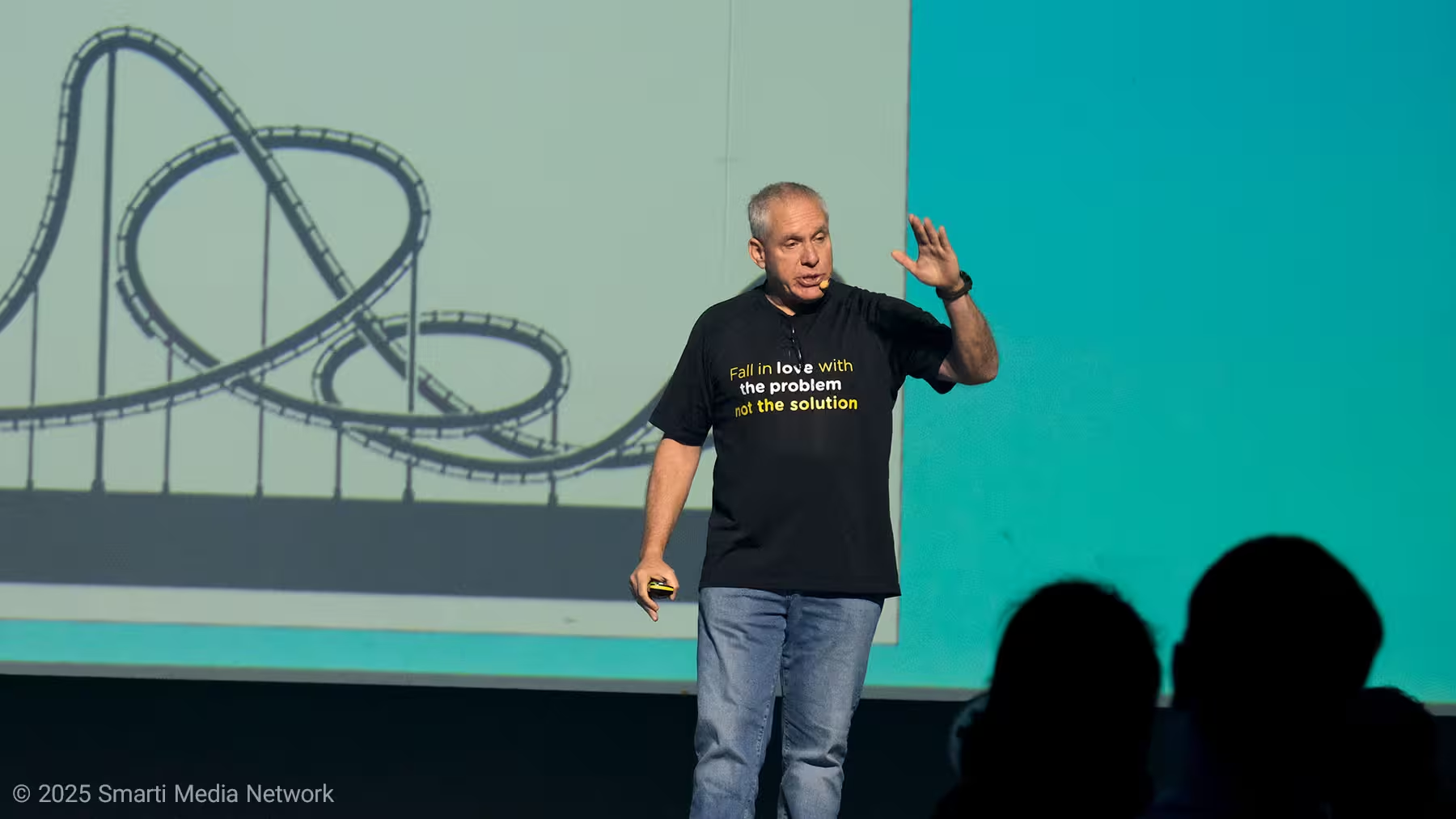
Closing thoughts
Uri closed with a reminder about how fast the world changes. Imagine losing your iPhone, Waze, WhatsApp, Netflix, Uber, and Instagram by stepping back in time to 2007. The world has transformed in less than two decades. Most of today’s top ten companies were not in the top ten a decade or two ago. Many of tomorrow’s leaders are not widely known yet. Perhaps one of them is in the room.
The path to a unicorn is long. Find a big problem. Talk to users. Launch before you feel ready. Iterate relentlessly. Measure retention. Strip away everything that is not essential. Make hard decisions. Keep going through the desert of no traction until you find product market fit. Then, and only then, scale.

Comments
sammy_lee
i left the talk feeling fired up and a bit exausted, will start talking to users tomorow. thx uri!

.webp)
Leave a Comment